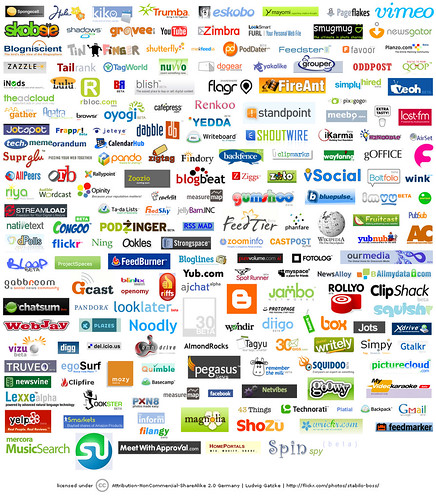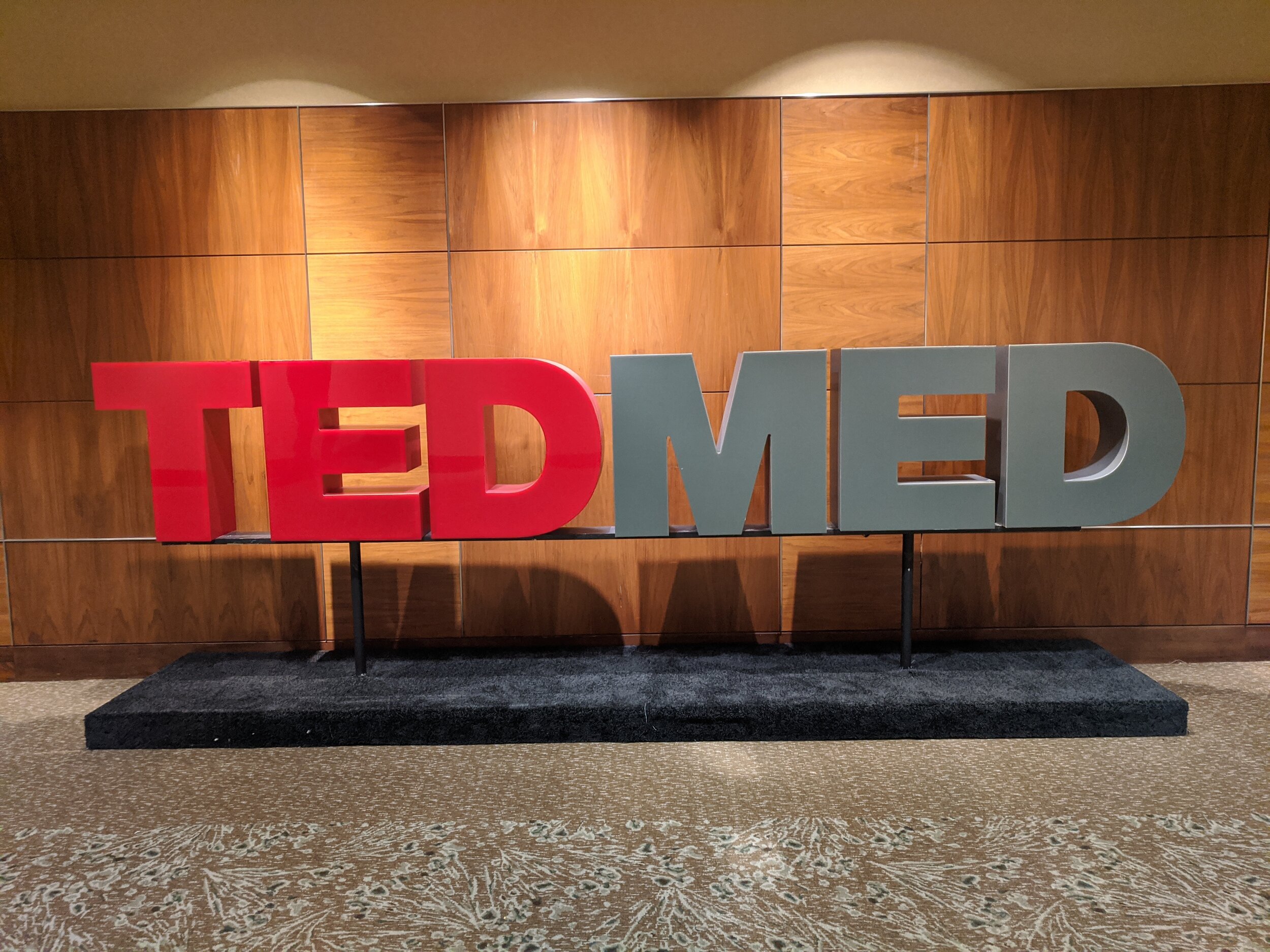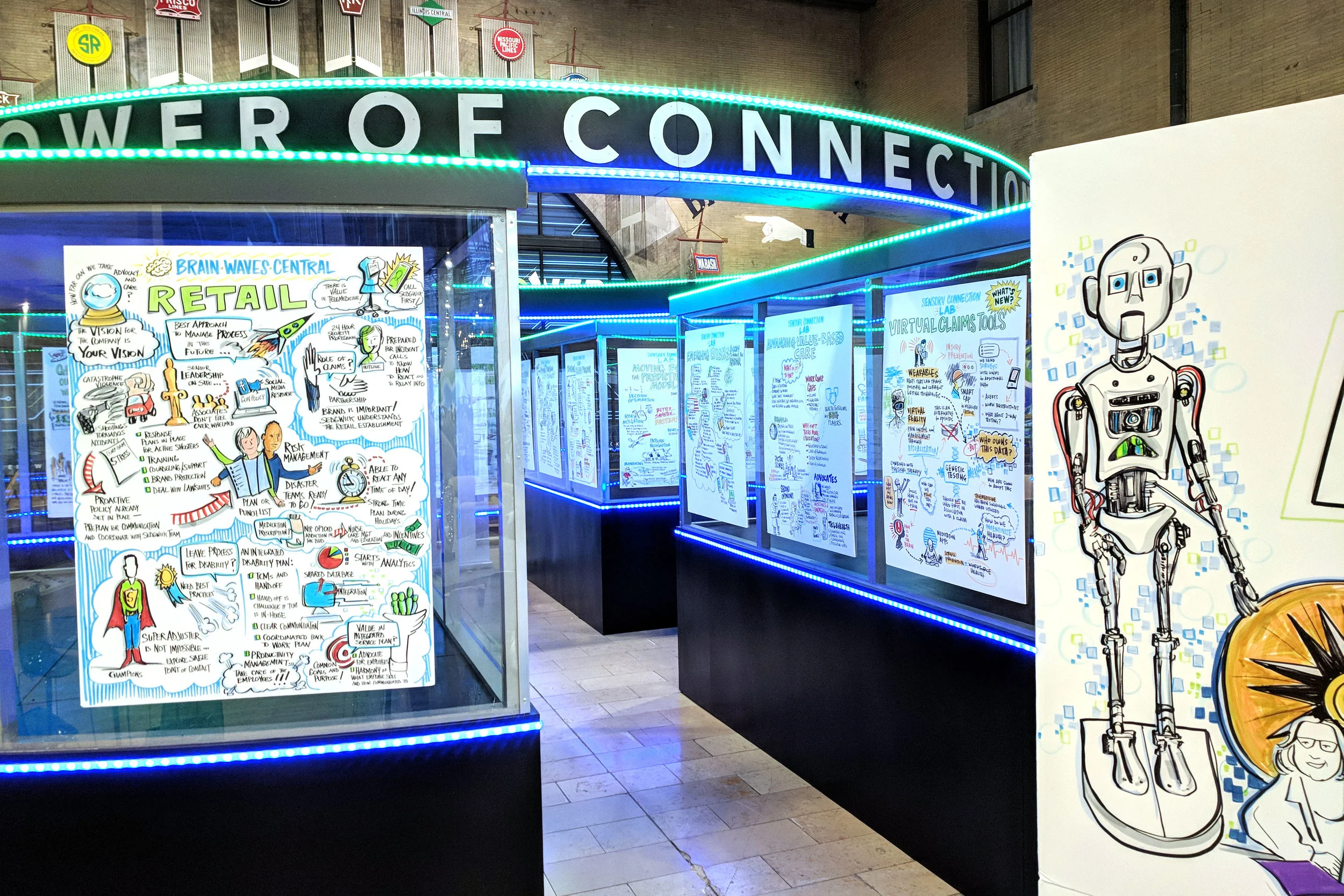Brand New
/Brand New is a Speak Up spin-off displaying opinions, and focusing solely, on corporate and brand identity work. It is a division of UnderConsideration. The blog compares older brand identities and their recently updated versions. The deconstructions of the logos is sharp, educated and catty. Kind of like a carload of really smart designers, home for the holidays, driving around their hometown riffing on all the strip mall signage.

Posted on Jan.20.2007:
I have never eaten at Hardee's or Carl's Jr, mostly because I rarely eat at fast food burger places but partly because if you asked me to name five Quick Service Restaurants (QSR for short) focusing on burgers I would have a hard time getting past McDonald's, Burger King and Wendy's. In fact, it wasn't until today, while googling around, that I finally made the connection that the faux hot commercial with Paris Hilton soaping up a Bentley was for Carl's Jr. And for Hardee's. Apparently my brand neurons never made a full synapse between these two places and Paris. Or that Hardee's was the crazies that were pushing the 1420-calorie burger earlier this century. Perhaps the reason is that I'm not their target audience: Young, hungry guys. I guess I am the three things: Relatively young, sometimes hungry and genderly a guy. But when put together, I prefer to disassociate from my brethren. And, hopefully, this too explains why I can't bear the sight of these new logos and much less comprehend how "research showed that the new logos were seen as classier, more unique, more appealing and more attractive overall."
















